
When it comes to choosing the right building material for your project, the options can be overwhelming. Plywood, Medium-Density Fiberboard (MDF), and particleboard are three common choices, each with its own set of advantages and disadvantages. In this comparative analysis, we’ll break down the differences between plywood, MDF, and particleboard to help you make an informed decision for your specific needs.
1. Plywood: Strength and Durability
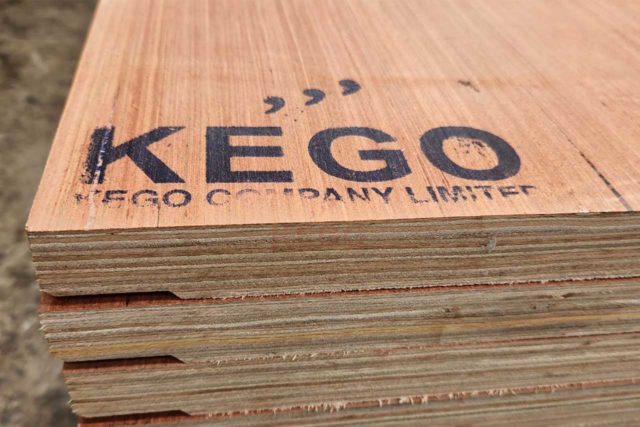
Plywood is known for its exceptional strength and durability. It consists of layers of wood veneers bonded together with adhesive, creating a sturdy and resilient material. Plywood excels in applications where structural integrity is essential, such as in furniture, cabinets, and flooring.
2. MDF: Versatility and Smooth Surfaces

Medium-density fiberboard (MDF) is a versatile choice, prized for its smooth and uniform surface. It’s an engineered wood product made from wood fibers, wax, and resin. MDF is an excellent option for projects that require a smooth finish, like cabinet doors, molding, and decorative panels.
3. Particleboard: Cost-effective and Lightweight
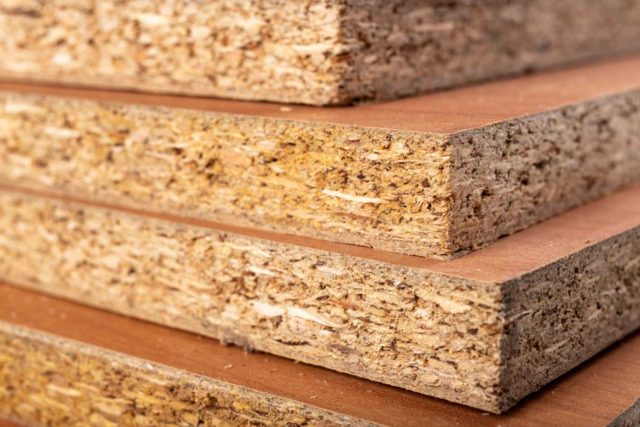
Particleboard is the most budget-friendly option among the three. It’s composed of wood particles, adhesive, and heat-pressed to form sheets. Particleboard is lightweight and cost-effective, making it suitable for interior projects, shelving, and low-impact applications.
Comparative Analysis: When to Choose Plywood
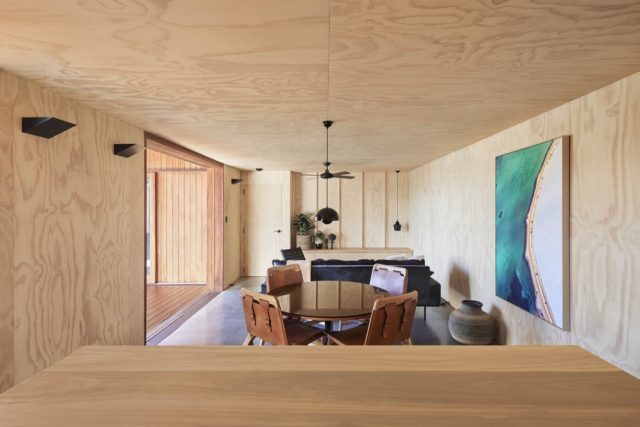
- Structural Integrity: If your project requires load-bearing capabilities or structural integrity, plywood is the superior choice. It’s ideal for subflooring, sheathing, and furniture construction.
- Moisture Resistance: Plywood offers better moisture resistance compared to particleboard and MDF, making it suitable for outdoor and wet area applications.
- Longevity: Plywood’s durability ensures a longer lifespan, making it cost-effective in the long run for projects that need to withstand wear and tear.
2. Comparative Analysis: When to Choose MDF
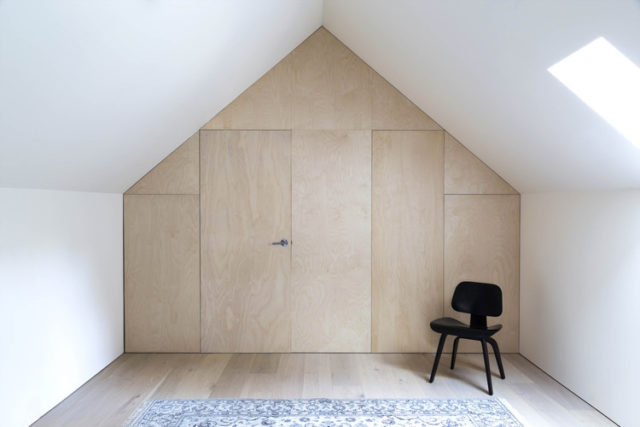
- Smooth Finish: MDF’s smooth and consistent surface makes it ideal for projects where a flawless finish is essential, such as cabinet doors and decorative panels.
- Detail Work: It excels in intricate and detailed work due to its fine texture, making it a preferred choice for woodworking projects.
- Painting and Veneering: MDF takes paint and veneers exceptionally well, providing a polished appearance.
3. Comparative Analysis: When to Choose Particleboard
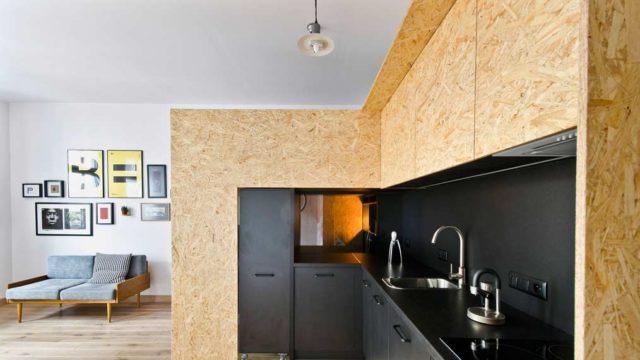
- Budget Constraints: If you’re working with a tight budget and don’t require the structural strength of plywood, particleboard is an economical choice.
- Low-Load Applications: It’s suitable for projects with minimal load-bearing requirements, such as lightweight furniture and shelving.
- Indoor Use: Particleboard should be used exclusively indoors due to its vulnerability to moisture.
Conclusion
The choice between plywood, MDF, and particleboard ultimately depends on your project’s specific requirements. Plywood stands out for its strength and durability, making it the superior choice for structural applications. MDF excels when a smooth finish and intricate detailing are essential, while particleboard is the budget-friendly option for lighter-duty indoor projects. By understanding the differences between these materials, you can confidently select the one that best suits your needs, ensuring the success of your construction or woodworking project.





